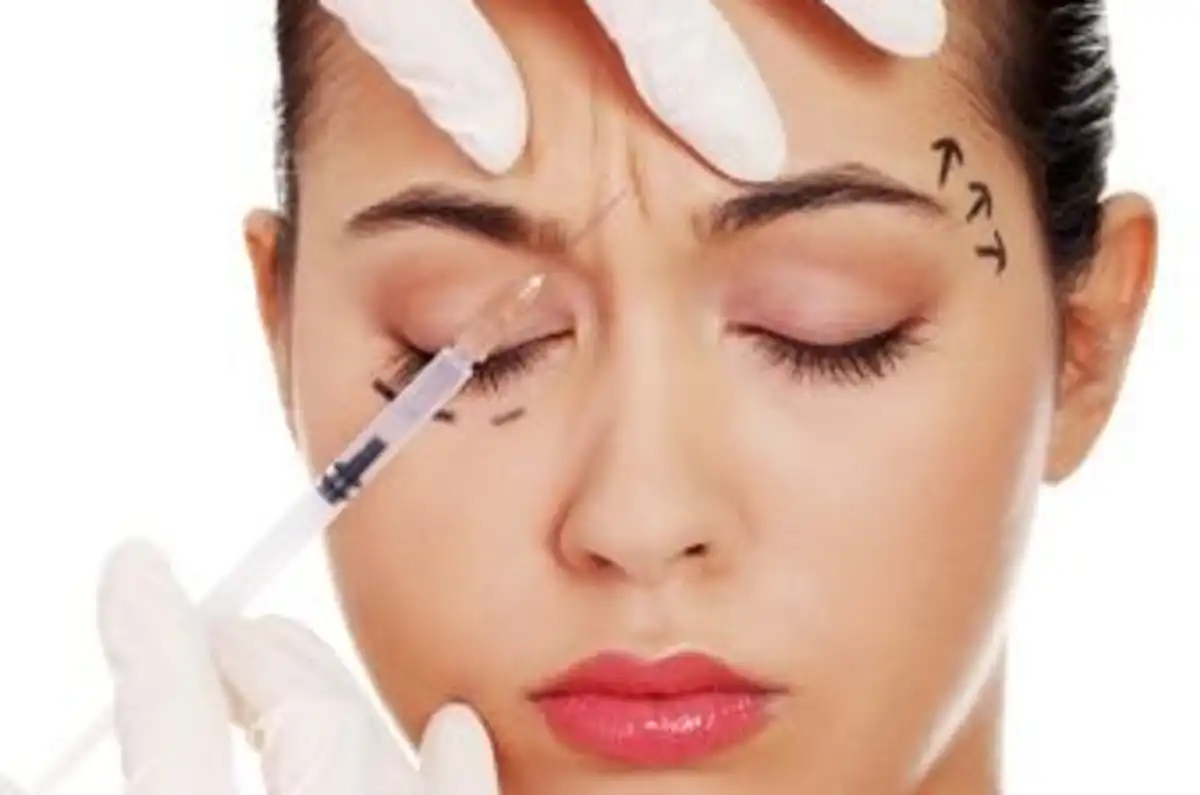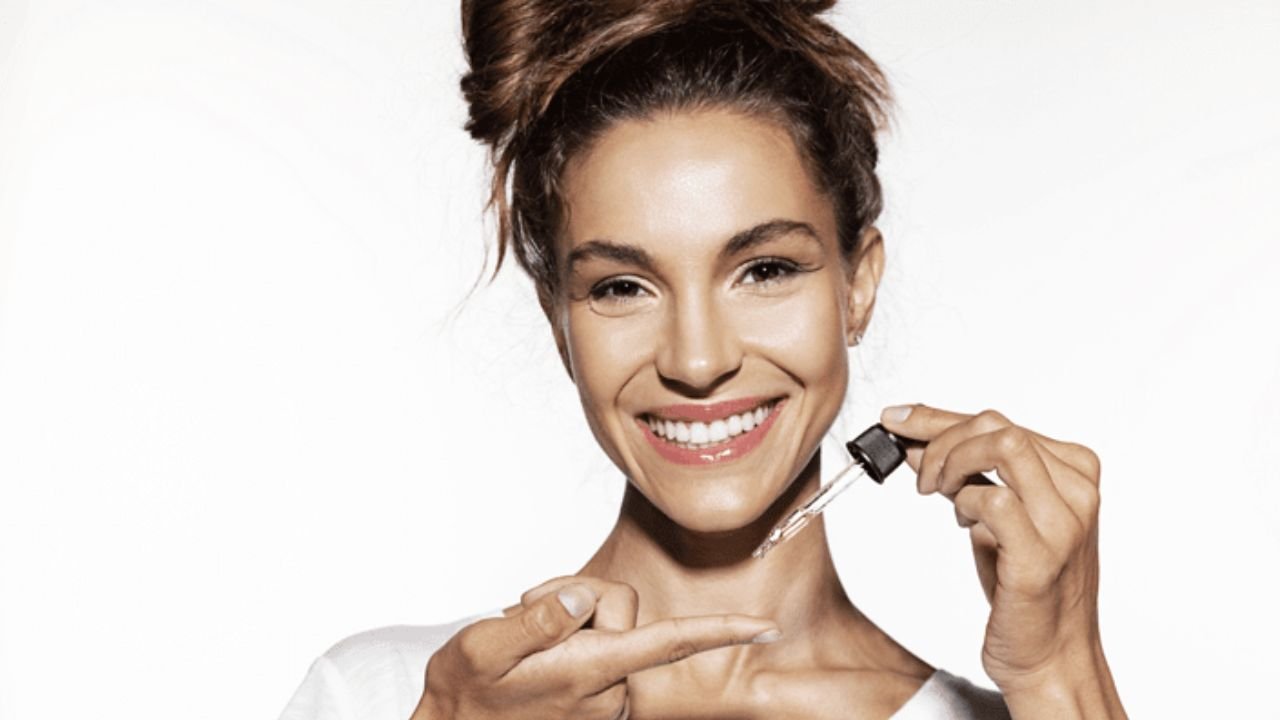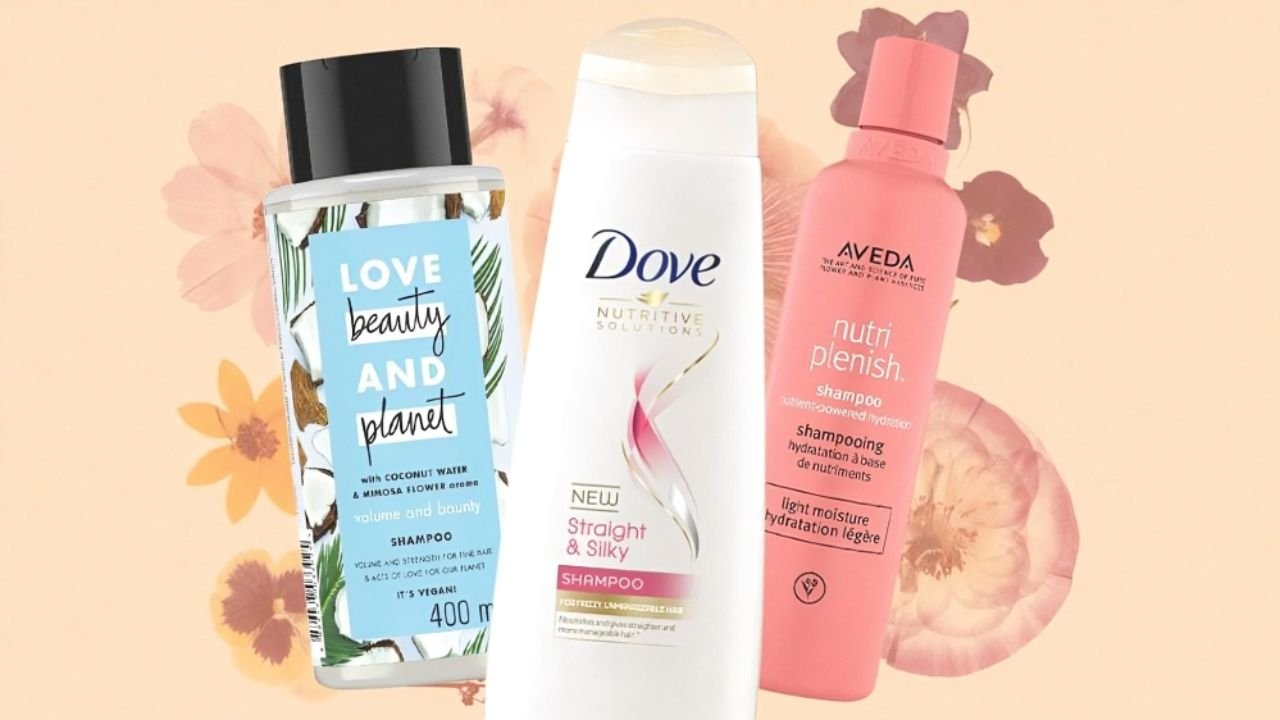In clinics across the country, injectables are taking on a new role, and it’s not just about smoothing a forehead or plumping a pout. Providers are seeing a shift in who’s coming in, what they’re asking for, and, more importantly, why they’re doing it. While the technology hasn’t exactly reinvented itself overnight, the psychology behind the needle is evolving. Patients aren’t chasing perfection—they’re trying to feel more like themselves in a world that’s made that surprisingly difficult.
There’s less stigma around injectables now than there was even five years ago. What used to be whispered about is now openly discussed in group chats and at school pickup. That transparency has made room for deeper conversations around identity, aging, and mental health. Providers are taking note—and adjusting their approach accordingly.
The Emotional Load Behind the Appointment
For many patients, especially women in their 30s and 40s, booking that first appointment has less to do with insecurity and more to do with reclaiming a sense of control. They’re not trying to look younger—they’re trying to look rested, less anxious, more in sync with how they actually feel inside. And for patients dealing with things like depression or chronic anxiety, that disconnect between internal emotional states and outward appearance can feel especially jarring.
Injectables aren’t a mental health treatment, but they are increasingly part of a larger picture. When someone finally feels like their outside matches their inside, even in small ways, it can reduce social anxiety and help them show up more confidently in the world. In that sense, they’ve become a tool—not a fix, but something supportive. One piece of the puzzle in how a person learns to care for themselves more intentionally.
Providers, especially those with training in facial anatomy and psychology, are listening differently. They’re spending more time in the consultation room. They’re asking better questions. And they’re making space for conversations that aren’t purely aesthetic. This isn’t about selling more syringes—it’s about recognizing that beauty treatments don’t exist in a vacuum. Mental health walks through the door with every patient.
The Rise of Preventative Dosing
Prevention is having a moment. Patients in their late twenties are coming in not to erase wrinkles, but to delay their onset. The idea isn’t to freeze anything—it’s to soften repetitive movements just enough to keep fine lines from setting in too deeply. A lower dose, targeted carefully, can maintain natural expressiveness while subtly easing early signs of aging. And it doesn’t require a huge time commitment or recovery period.
This type of approach takes more skill than it might sound like. Providers are relying less on standard injection maps and more on individual muscle movement. They’re treating based on motion, not just static lines. In younger patients, that means assessing how someone talks, laughs, frowns. It’s incredibly precise work, and it’s shifting the reputation of injectables from a reactive tool to something more akin to preventive medicine.
One reason this trend is picking up steam? The downtime is minimal, and the emotional payoff is relatively fast. For patients juggling demanding jobs or new parenthood, it’s not just about appearances. It’s about looking more awake when you’re actually running on four hours of sleep. The impact on self-esteem is real.
And as patients educate themselves—really educate themselves—they’re asking smarter questions. Like how long does Botox last, and whether it wears off differently depending on where it’s injected. That curiosity is a good thing. It’s leading to more informed decisions and more collaborative relationships between patients and providers.
Natural Results Are the New Gold Standard
What providers are hearing over and over again is a desire for believability. Nobody wants to look “done.” That’s not just a talking point—it’s non-negotiable. The rise of subtle, natural-looking enhancements means that techniques have had to evolve. The artistry behind injectables is more visible now, even if the results are not.
A good provider can soften a jawline or lift the brows without freezing them. They can add fullness in a way that looks like it’s always been there. The best work doesn’t erase anything—it restores it. And that’s resonating with a generation that’s increasingly skeptical of trends that promote erasure or conformity.
For transgender and nonbinary patients, this shift toward individualized, affirming treatment has been especially meaningful. Gender-affirming injectables aren’t new, but they’re finally being talked about with the nuance they deserve. Providers trained in this area are using injectables to align features more closely with gender identity, whether that’s a softer jawline or a more angular cheekbone. The results are subtle, but the impact can be profound.
In those cases, the treatment goes well beyond aesthetics. It’s about recognition, safety, and the deeply personal process of embodiment. And while injectables alone aren’t a substitute for gender-affirming care, they are an accessible, often empowering option for many.
Demand for Lip Filler Isn’t Slowing—But Expectations Are Changing
The appetite for lip augmentation hasn’t disappeared. It’s just matured. Overfilled, homogenous lips are out. Balanced, well-shaped lips that suit a person’s proportions are very much in. And interestingly, patients who once came in wanting maximum volume are now coming back for subtle corrections and even dissolving old filler to start fresh.
There’s also a growing awareness around vascular safety and technique. Patients are learning what to ask about—things like cannula vs. needle, product type, and anatomical training. And that shift is pushing providers to up their game. A few years ago, injecting lips was treated almost like an entry-level skill. That’s no longer the case. Today, a solid lip injector needs not only technical precision but also a well-developed sense of facial harmony.
The outcome isn’t just a better-looking lip—it’s better facial balance, and ideally, fewer complications. Done well, the change can be incredibly natural, with minimal bruising or downtime. In a fast-paced world where people are working, parenting, and caretaking with very little margin, that matters.
Men Are Showing Up—And Shifting the Conversation
Male patients make up a growing segment of the injectable market, but they’re not looking for the same results as female patients. They’re asking for enhancements that preserve or emphasize masculine features—think jawline contouring, under-eye smoothing, or relaxing overly prominent frown lines. They’re not interested in looking different. They want to look rested, competent, and just a little more energized.
What’s especially interesting is that men are also opening up about how stress and aging have changed the way they see themselves. For many, injectables are a quiet form of self-maintenance—something that helps them feel more confident walking into high-stakes meetings or navigating the online dating world after a divorce.
It’s also worth noting that younger male patients are arriving with less stigma and more curiosity. They want to understand science. They’re reading studies, comparing products, and asking about technique. And providers are responding by offering education, rather than assumptions. That shift is helping injectables move from the sidelines of the male self-care conversation into the mainstream, without needing to dilute their medical legitimacy.
Wrapping Up
Injectables are no longer just cosmetic. They’re part of how people manage stress, reconnect with their bodies, and navigate a culture obsessed with youth without being consumed by it. The industry is adjusting, and providers are paying closer attention to nuance, consent, and emotional context. That’s long overdue. There’s still room for vanity, sure—but now it’s wrapped in something deeper: self-awareness, agency, and care that runs more than skin deep.



